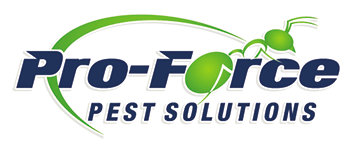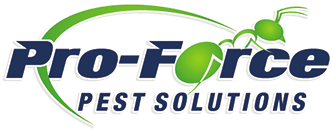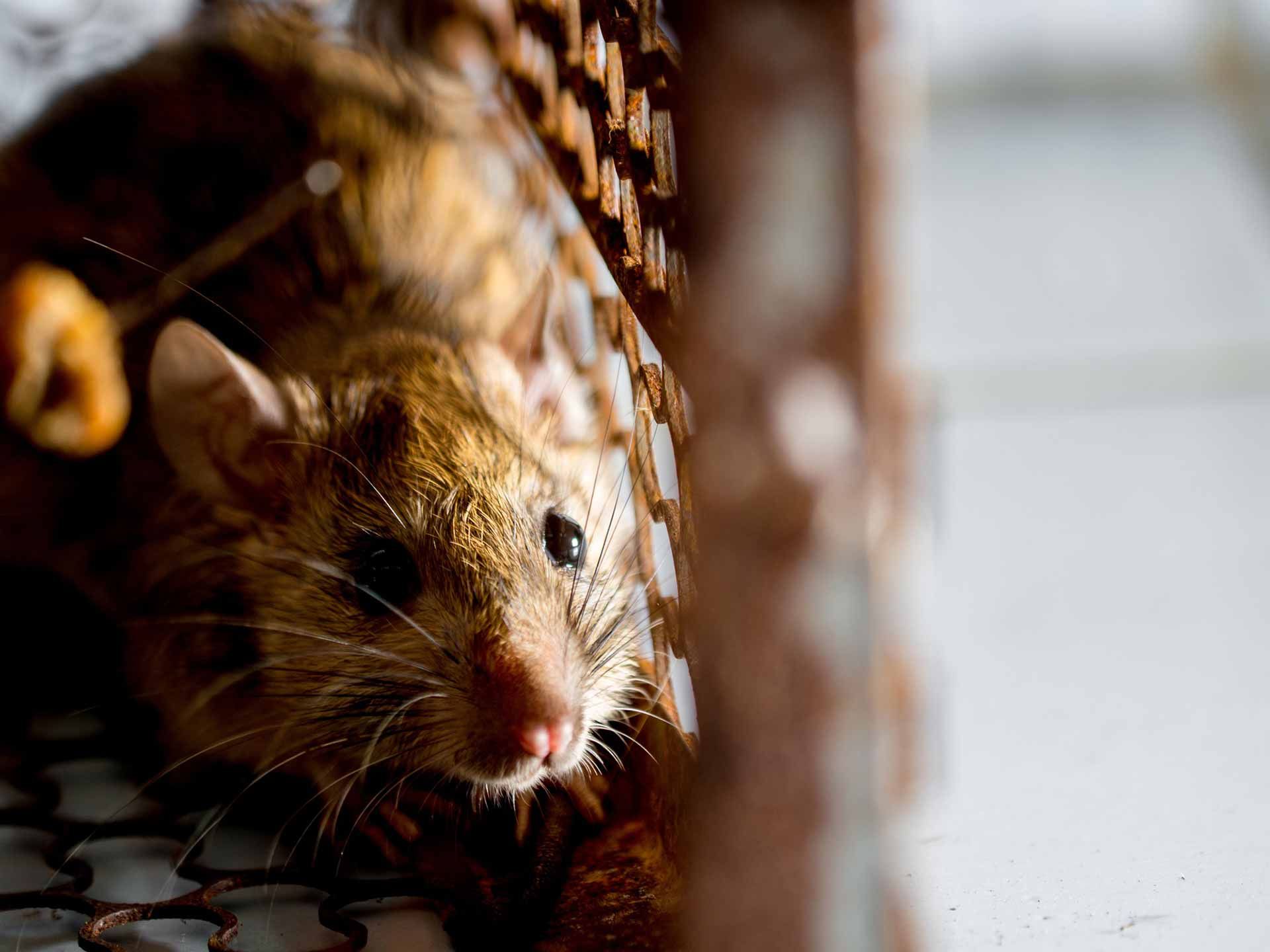News & Insights
Search
Contact Us for a
FREE Consultation
Website Lead Form (Blog Page)
Have a Question? Let’s Chat!
We’re ready to answer your questions and provide the insights you need. Contact us now to get started.
OR CALL US NOW AT:
Share this article:
Have a Pest Problem?







